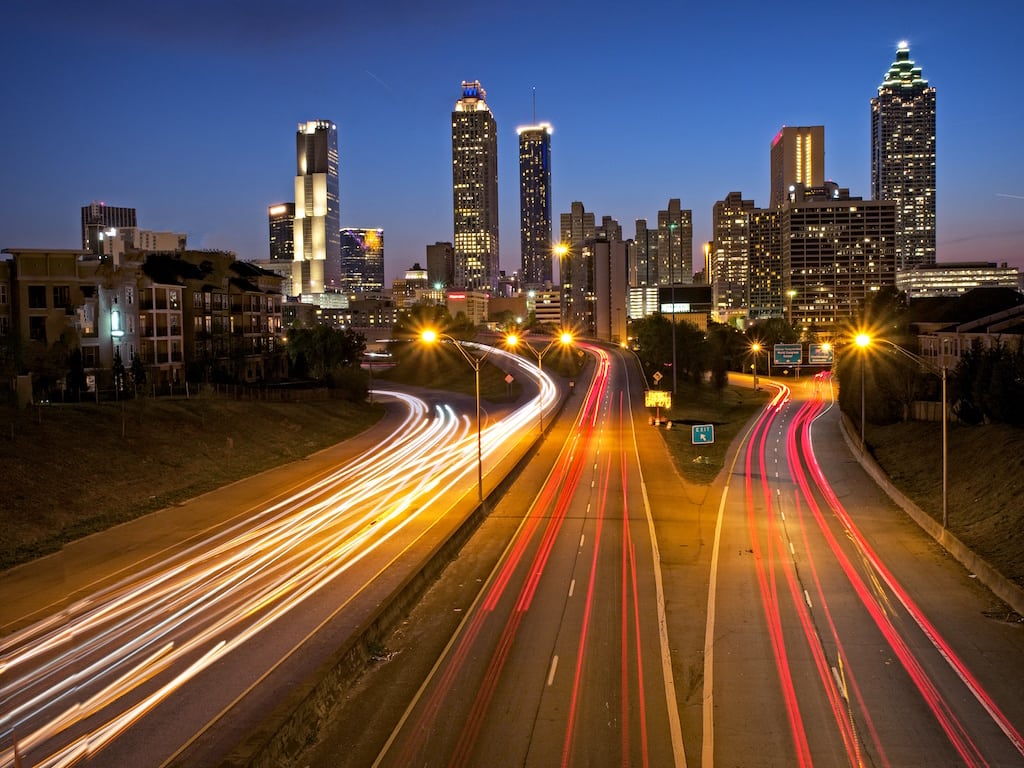Skift Take
It's probably only a matter of time before governments and other public services begin to leverage the power of ridesharing services for the public good.
Turning an $8 Uber ride into a $4 Uber ride for urban dwellers living in poverty, via a federal subsidy, has the potential to radically transform how people commute.
A new report and case study from the Center for American Progress (CAP) found that in cities like Atlanta, public subsidies for ridesharing would likely enhance the ability of lower-income people without cars to get to work and access the wider mass transportation network.
“Rapid adoption of mobile phones with sophisticated ridesharing applications offers transit providers the opportunity to administer targeted subsidies in a cost-effective manner that would have been infeasible even a few years ago,” said Kevin DeGood, director of infrastructure policy at CAP, who helped write the report. “Such a program would help transit agencies fulfill their mission to provide quality service that offers social, economic, and environmental benefits.”
The report calls on the U.S. Congress to launch a pilot program to experiment with the feasibility of subsidizing ridesharing access in large cities. The low cost of ridesharing could, according to research, allow economically disadvantaged people to travel more freely.
Services like Uber could cheaply link people who are just outside a public transportation network to bus and rail options that they would normally need to own a car to use.
“Historically, transit agencies have been unable to address these geographic gaps—especially because extending traditional fixed-route service into neighborhoods is cost prohibitive,” reads the report. “Companies such as Uber and Lyft offer transit agencies a way to bridge last-mile gaps efficiently, allowing eligible residents to connect affordably to the public system.”
CAP’s case study crunches the numbers on what kind of an investment would need to be made to provide a ridesharing subsidy to some Atlanta residents.
Basically, ridesharing could be more affordable than speeding up bus lines or starting dedicated van service to areas just outside Atlanta’s Metropolitan Atlanta Rapid Transit Authority network.
This, of course, assumes ridesharing rates remains low for years to come.
“Reducing [bus] wait times would produce a marginal and broad-based benefit to riders who already have access to the system. Subsidizing ridesharing would expand access to people who are largely excluded and would provide a major improvement in their ability to access employment and other essential services—a change that could prove transformational to a qualified individual or family.”
It may be some time, however, before a public transportation system is able to garner support for such an experimental approach to enhancing transportation equity.
“As with any public investment, subsidizing ridesharing to expand access to employment comes with difficult trade-offs,” concludes the report. “To set aside the funding needed to carry out a pilot program, transit agencies likely would have to reduce unproductive services or pare back capital expansion projects. Yet the ability to deliver mobility benefits that have a major impact on people and families—especially those that struggle to find and maintain employment due to a lack of affordable, dependable transportation options—may prove worth the trade-off.”
The Daily Newsletter
Our daily coverage of the global travel industry. Written by editors and analysts from across Skift’s brands.
Have a confidential tip for Skift? Get in touch
Tags: public transportation, ridesharing
Photo credit: Atlanta roadways in 2014. Mike Boening / Flickr
